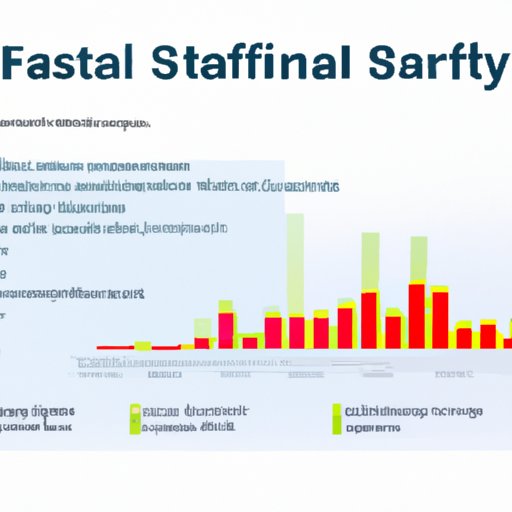Introduction
Financial statement analysis is a process that helps investors and other stakeholders assess the performance of a company. It involves analyzing a company’s balance sheet, income statement, and cash flow statement to gain insight into its financial health. By understanding the basics of financial statement analysis, investors can make informed decisions about investing in a company.

Basic Steps for Analyzing Financial Statements
Financial statement analysis starts with reading a company’s balance sheet and income statement. The balance sheet contains information on a company’s assets, liabilities, and shareholder equity. It allows investors to identify whether a company has enough resources to cover its obligations. The income statement provides details on a company’s revenue, expenses, and net income. It helps investors understand how profitable a company is.
After reading the financial statements, investors should calculate various financial ratios. These ratios provide further insight into a company’s financial position. Ratios such as the debt-to-equity ratio and current ratio can help investors identify a company’s liquidity and solvency. Other ratios such as the return on equity and gross profit margin can help investors assess a company’s profitability.
Trend analysis is another important step in financial statement analysis. It involves comparing a company’s financial statements over multiple periods. Investors can look for changes in key metrics such as revenue and expenses to identify trends in a company’s performance. This can help investors spot potential problems before they become serious.
Commonly Used Financial Ratios
When analyzing financial statements, investors should pay special attention to certain financial ratios. Liquidity ratios measure a company’s ability to meet its short-term obligations. Common liquidity ratios include the current ratio and quick ratio. Profitability ratios measure a company’s ability to generate profits from its operations. Popular profitability ratios include the return on equity and gross profit margin. Solvency ratios measure a company’s ability to pay off its long-term debt. Examples of solvency ratios include the debt-to-equity ratio and interest coverage ratio.
Analyzing Cash Flow Statements
In addition to analyzing balance sheets and income statements, investors should also analyze cash flow statements. A cash flow statement shows the sources and uses of cash by a company. It helps investors understand how efficiently a company is managing its cash. Investors should look for changes in cash inflows and outflows over time. They should also calculate cash flow ratios such as the free cash flow ratio and cash flow coverage ratio.
Key Takeaways of Financial Statement Analysis
Financial statement analysis is an important tool for investors to assess a company’s financial health. Key takeaways for investors include understanding the basics of financial statements, knowing the common financial ratios, utilizing trend analysis, and analyzing cash flows. By taking these steps, investors can gain a better understanding of a company’s current financial position and future prospects.
Conclusion
Financial statement analysis is an important tool for investors to assess a company’s financial performance. By taking the time to read and analyze financial statements, investors can gain valuable insights into a company’s liquidity, profitability, and solvency. This can help them make more informed decisions about investing in a company.
(Note: Is this article not meeting your expectations? Do you have knowledge or insights to share? Unlock new opportunities and expand your reach by joining our authors team. Click Registration to join us and share your expertise with our readers.)
